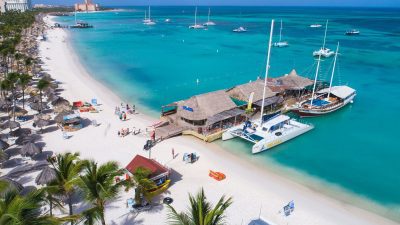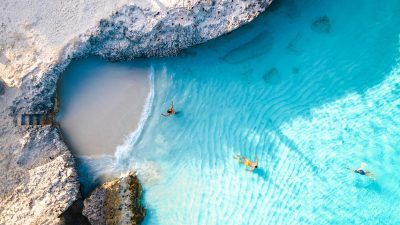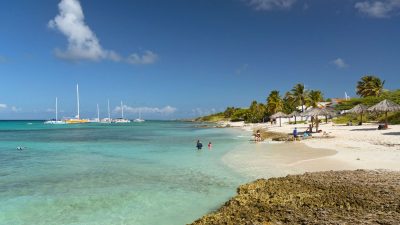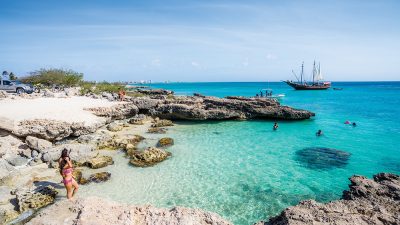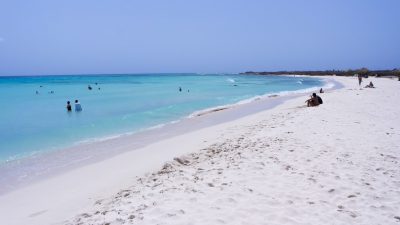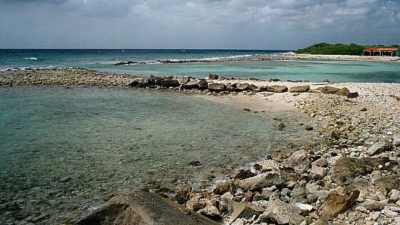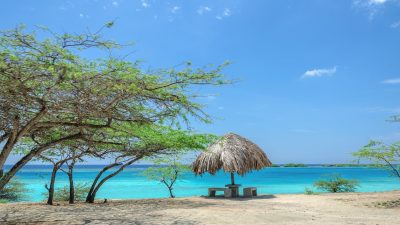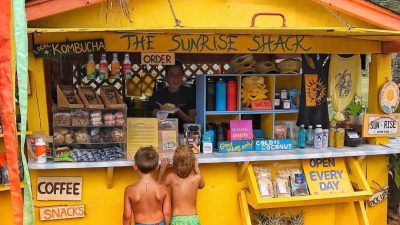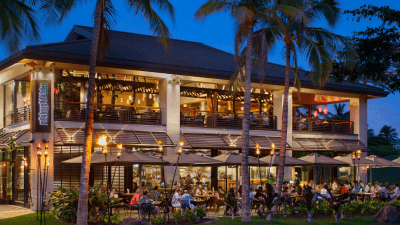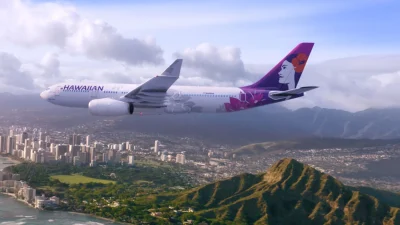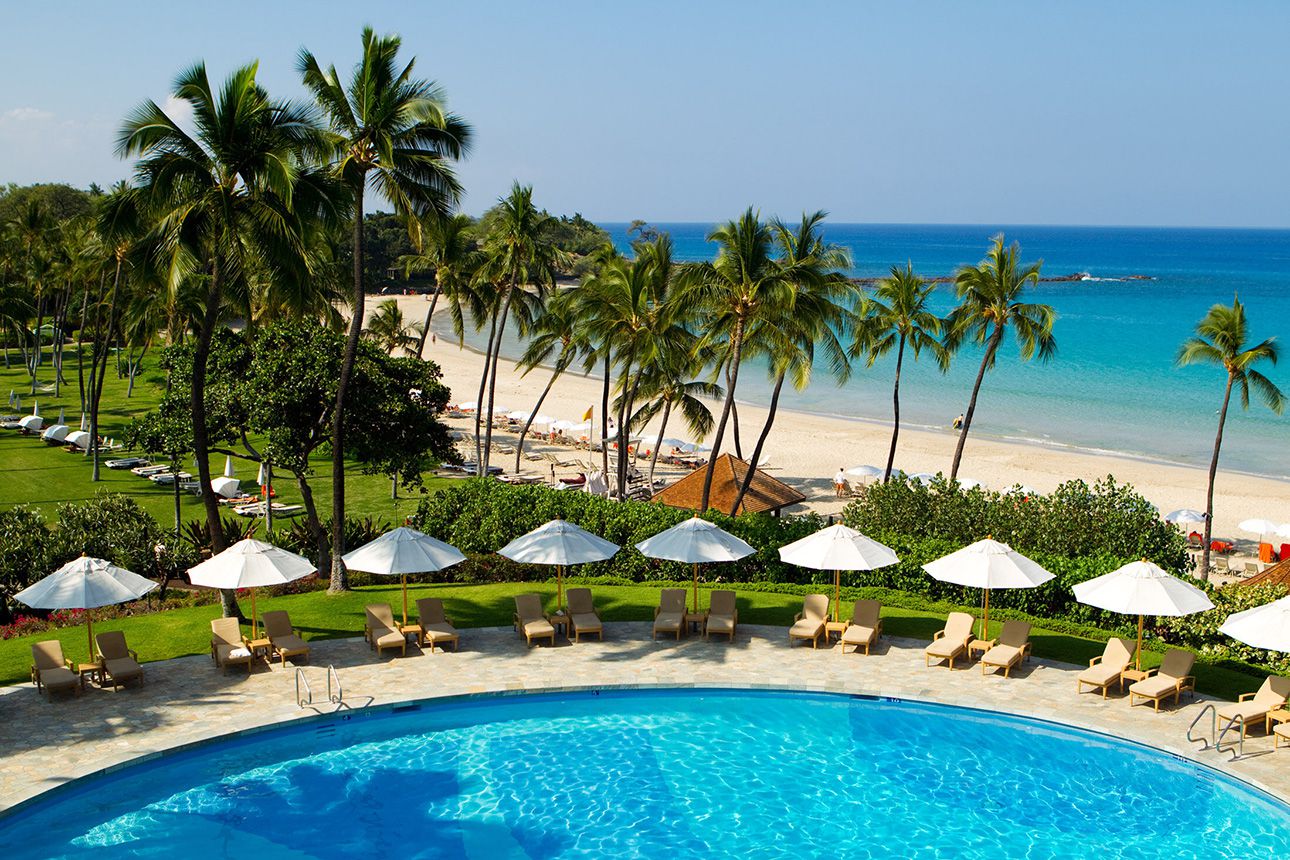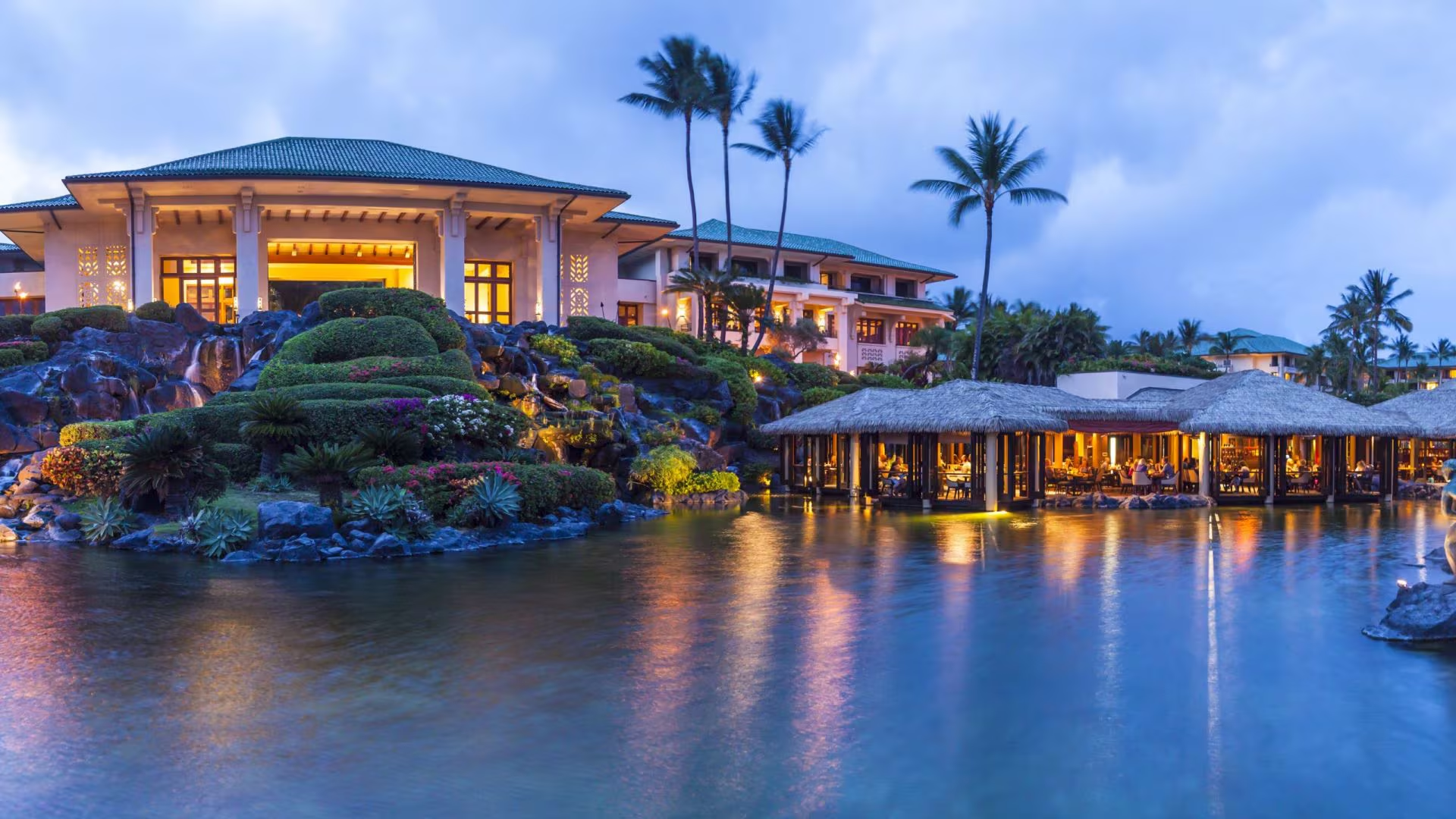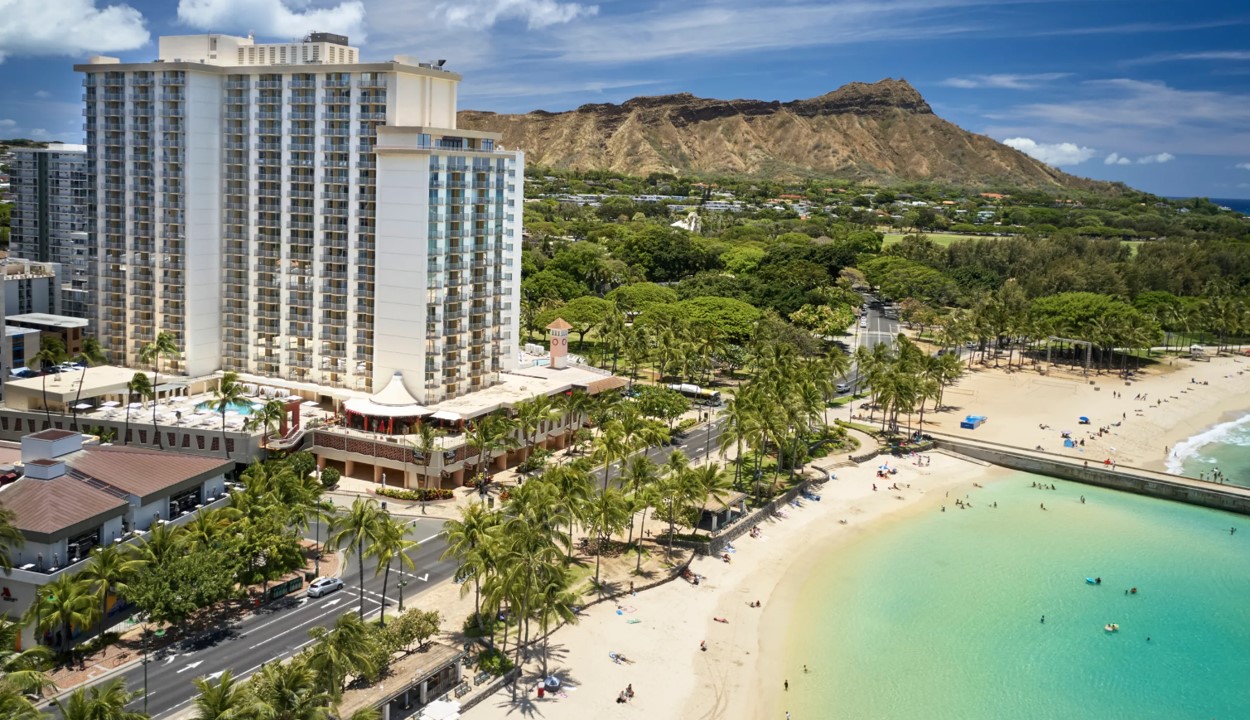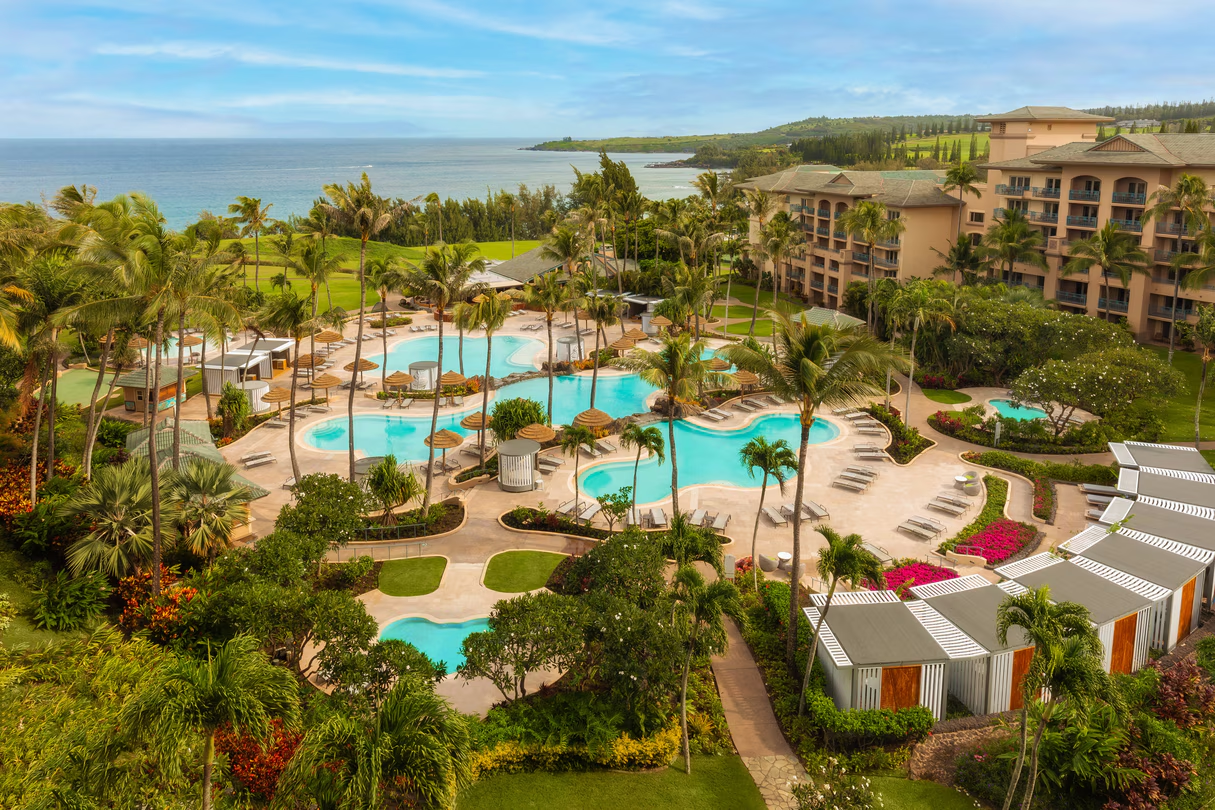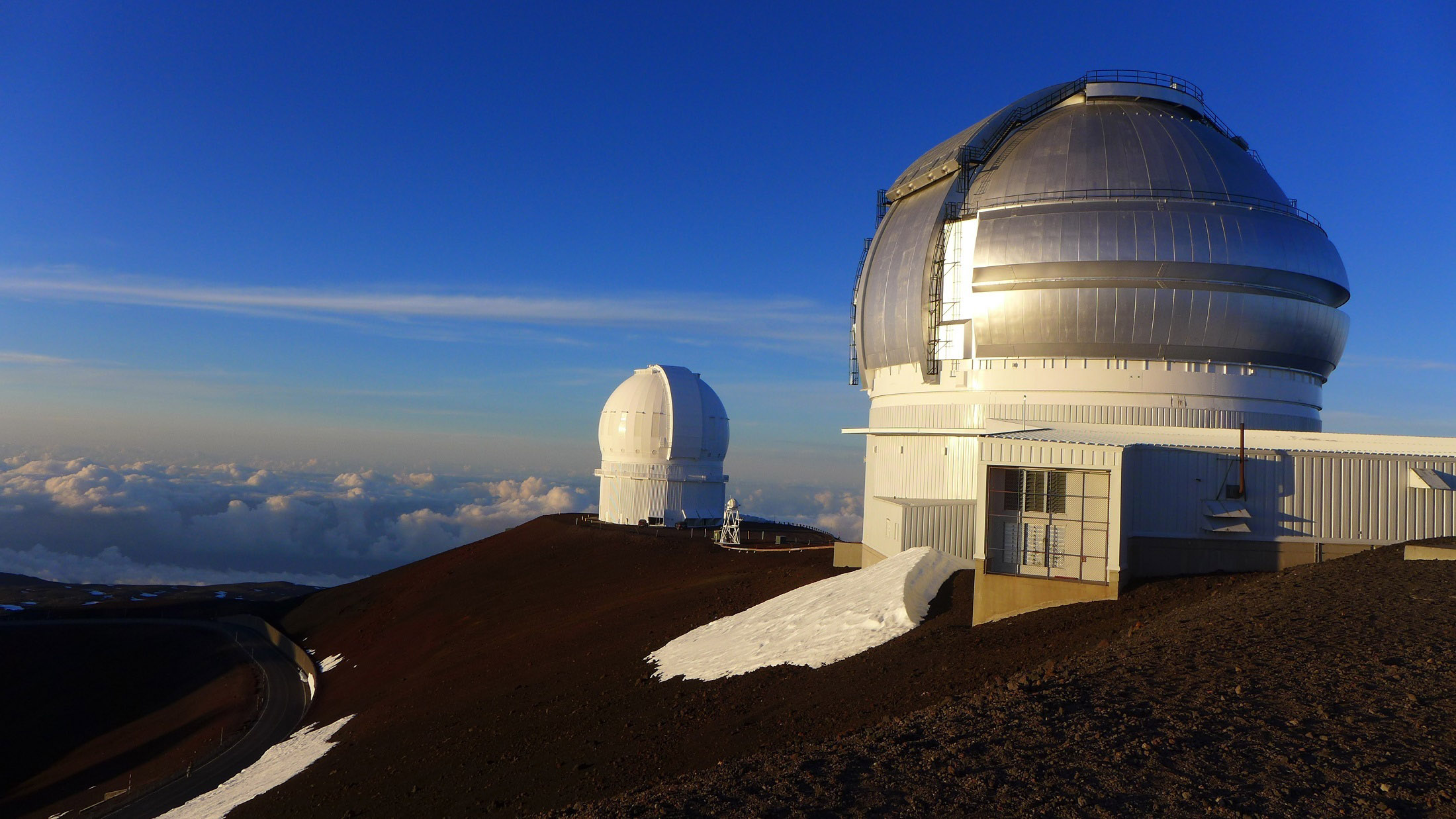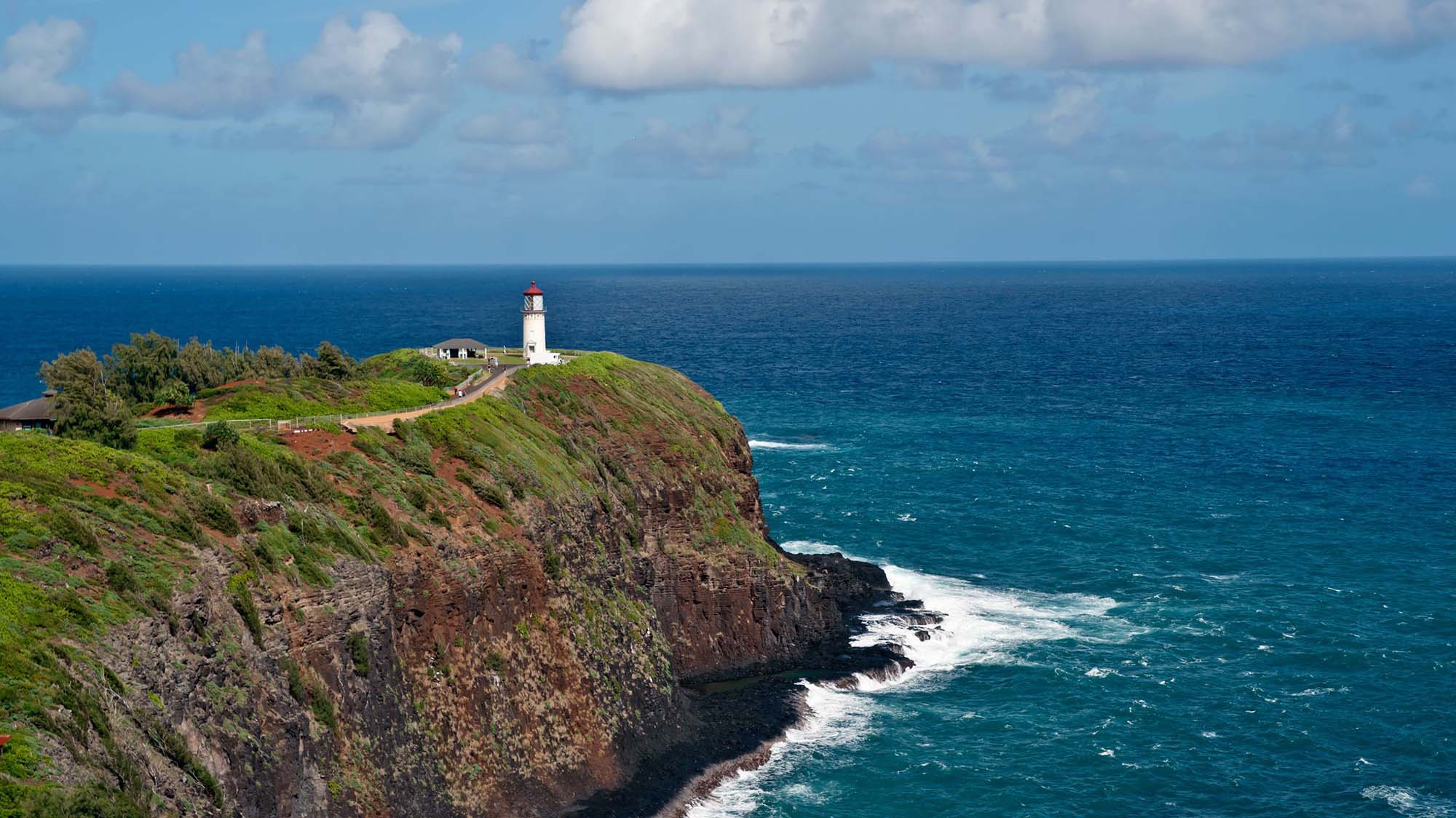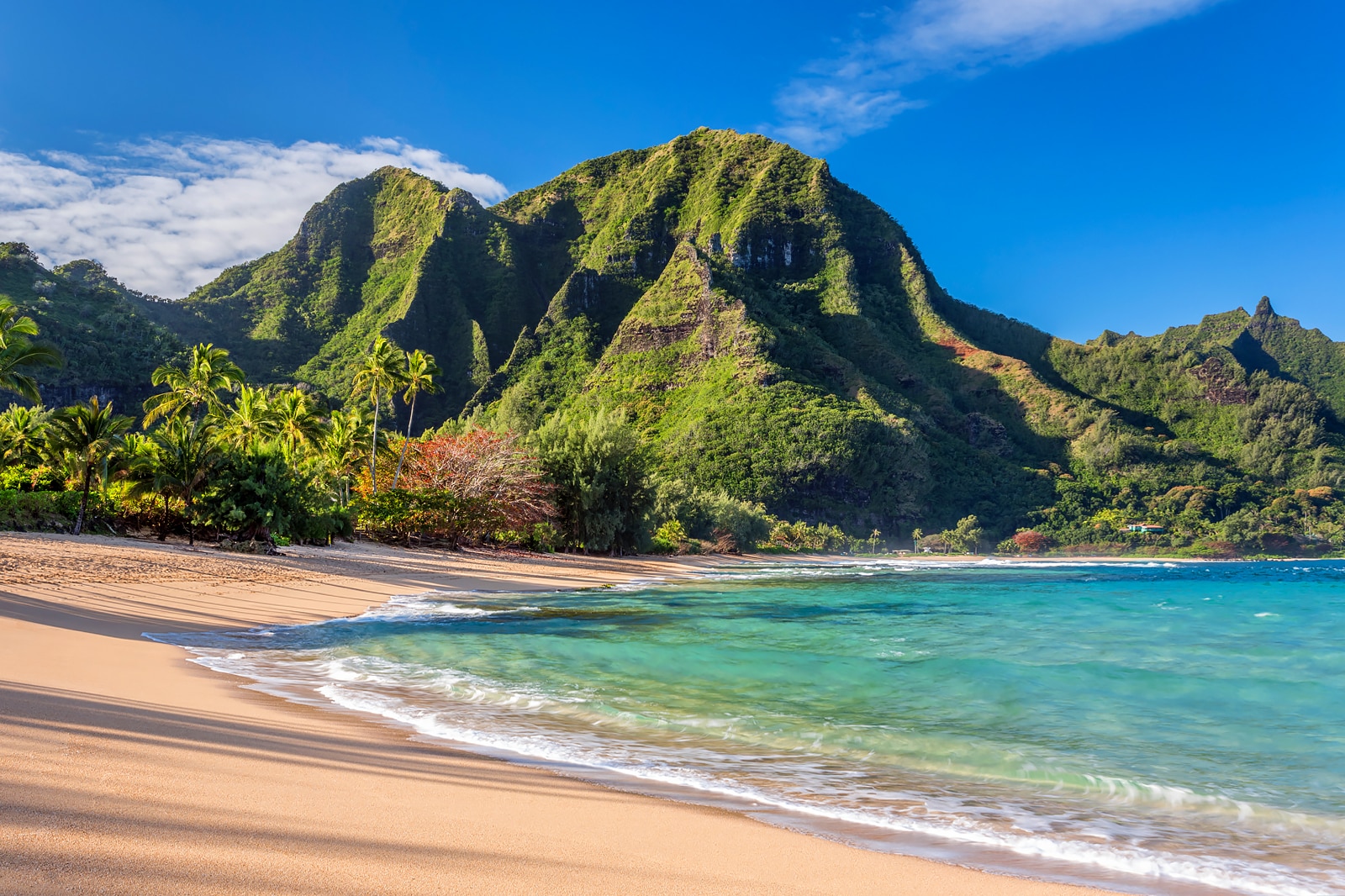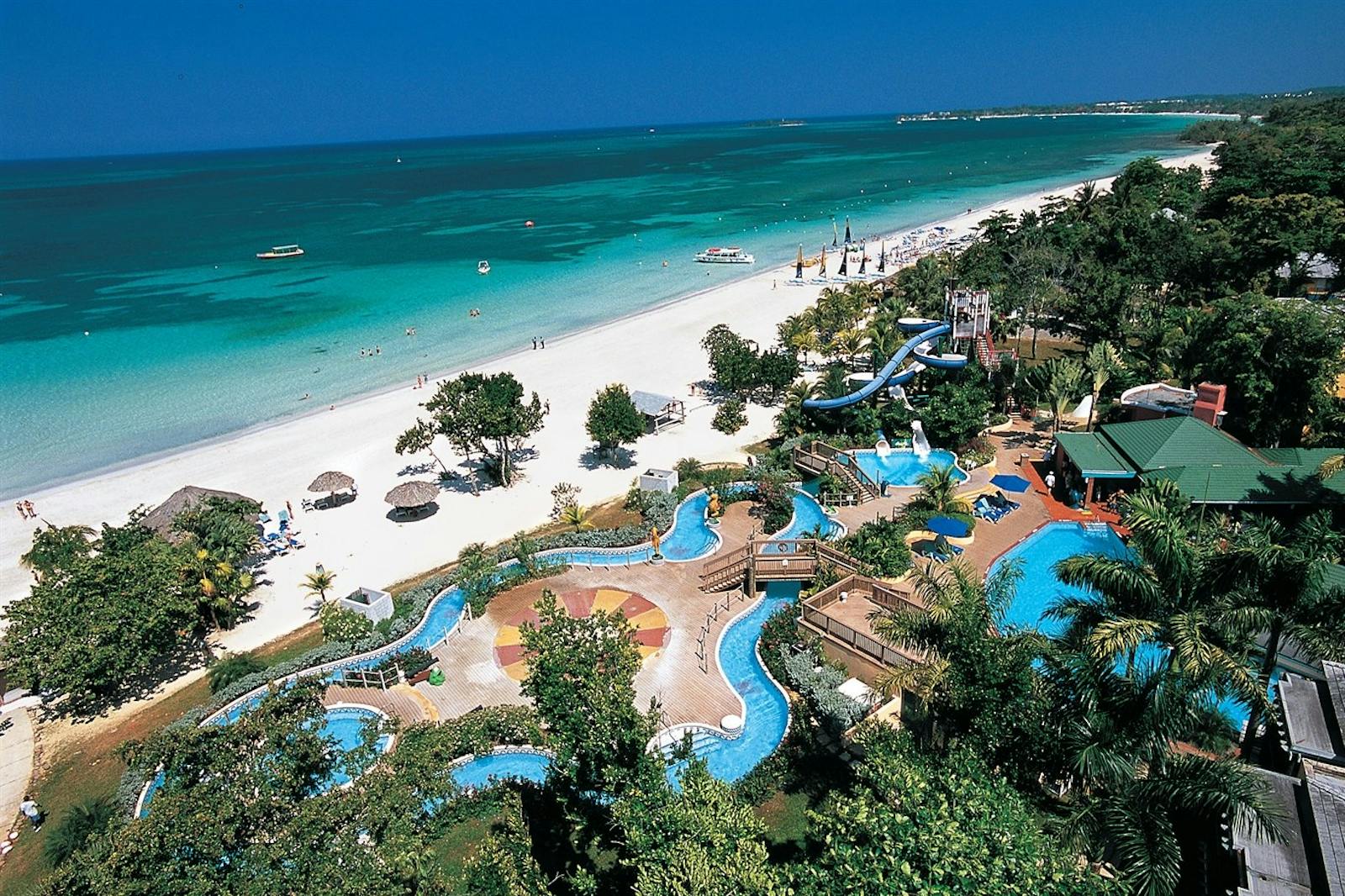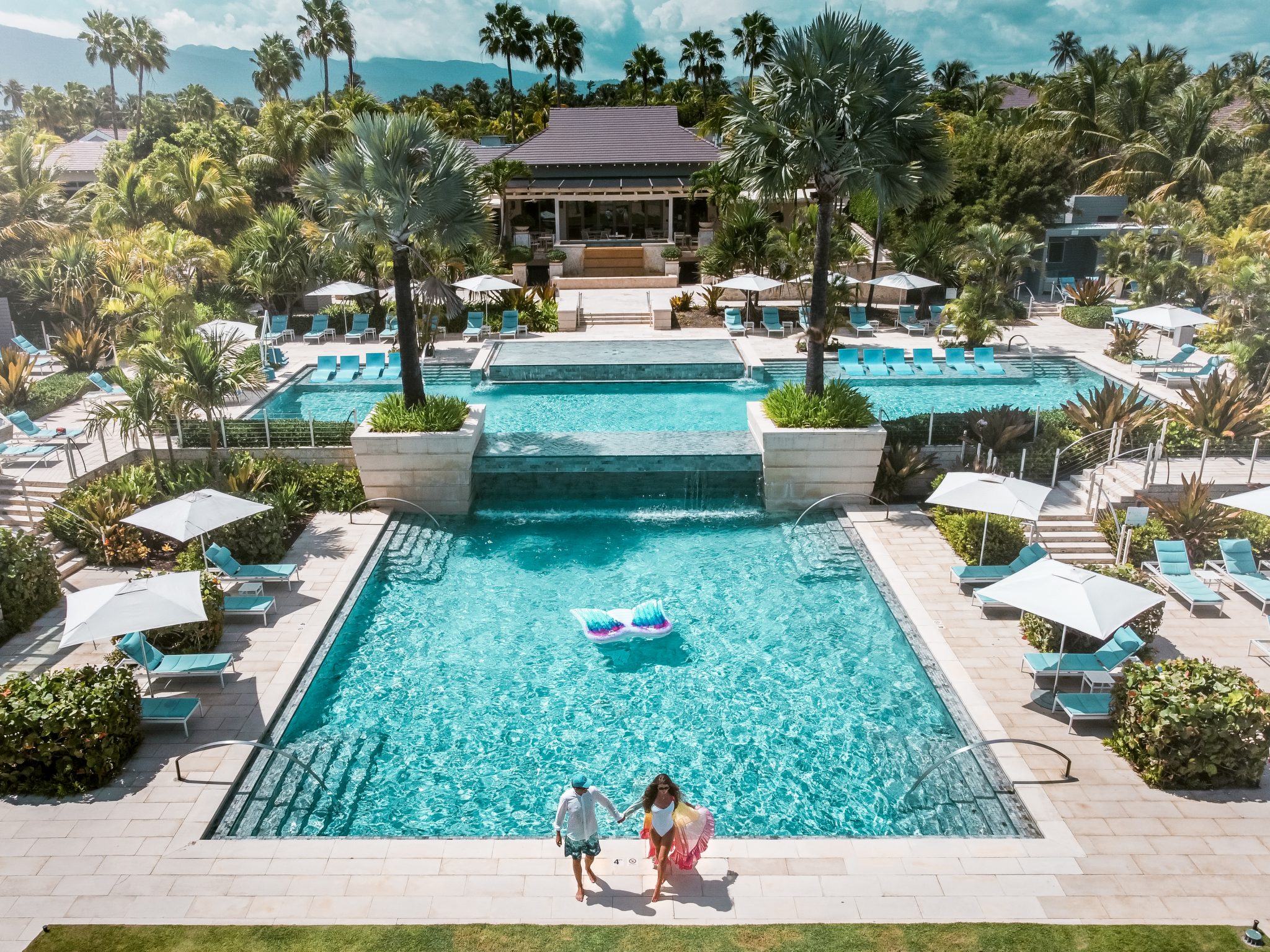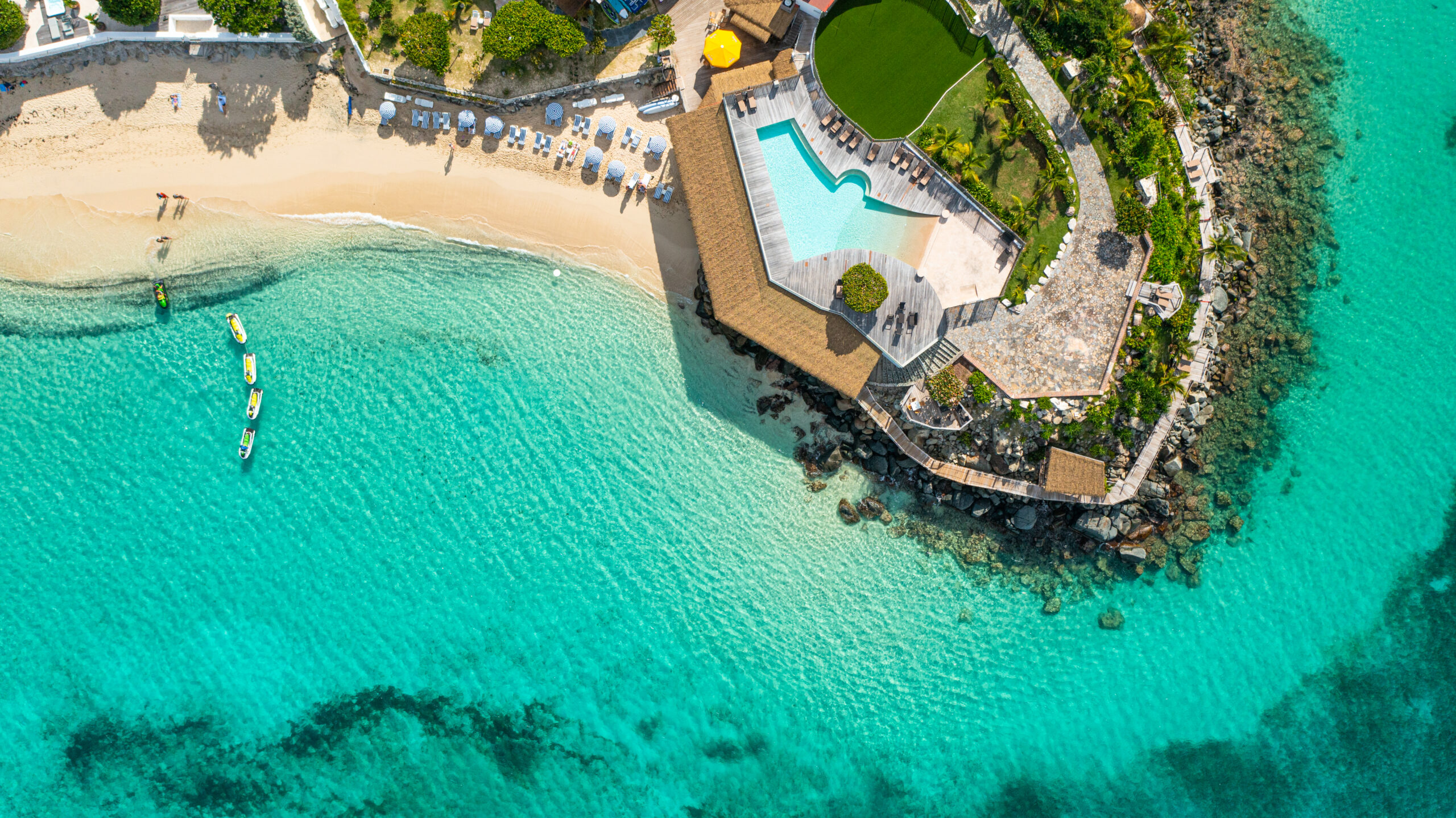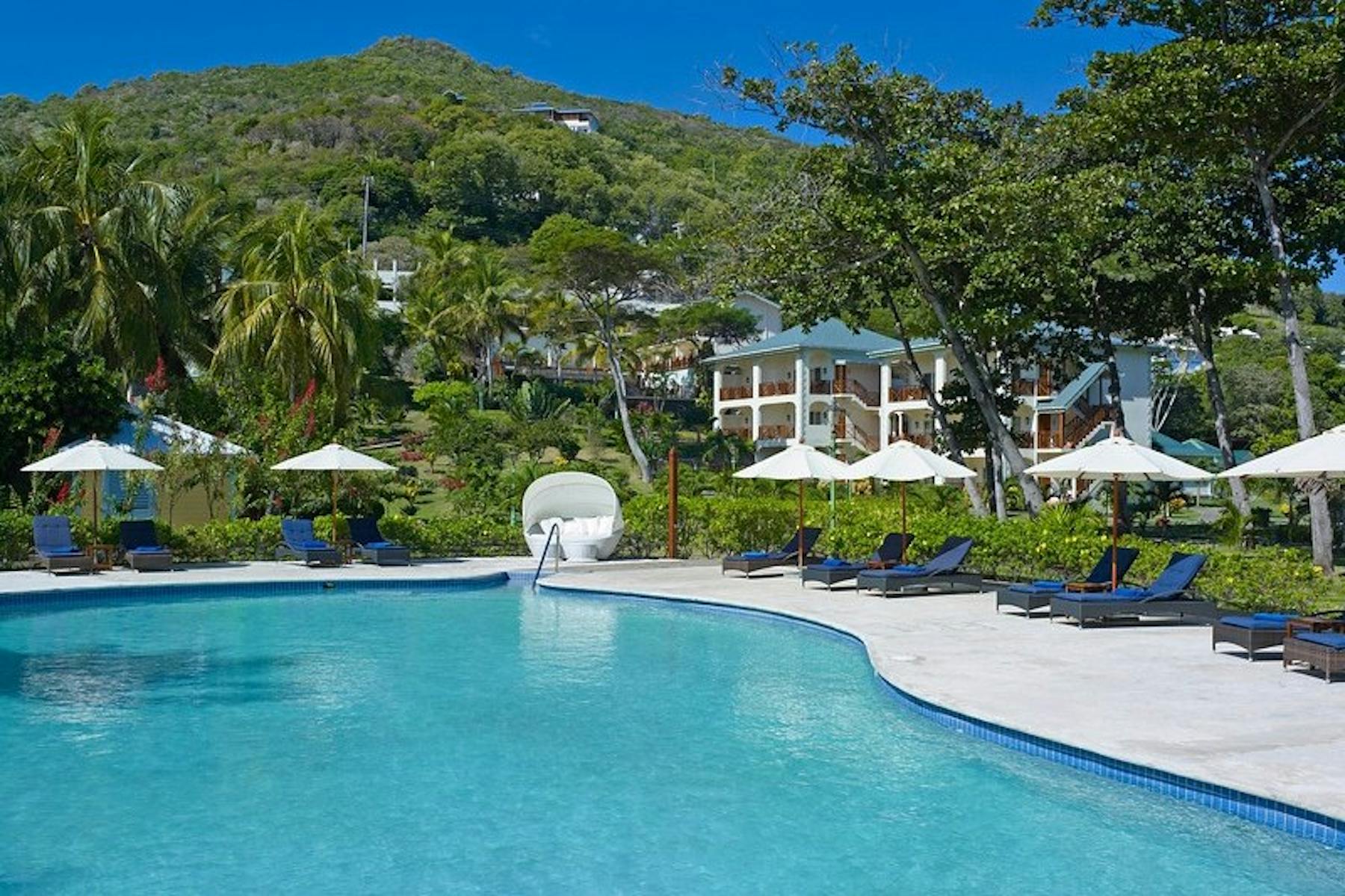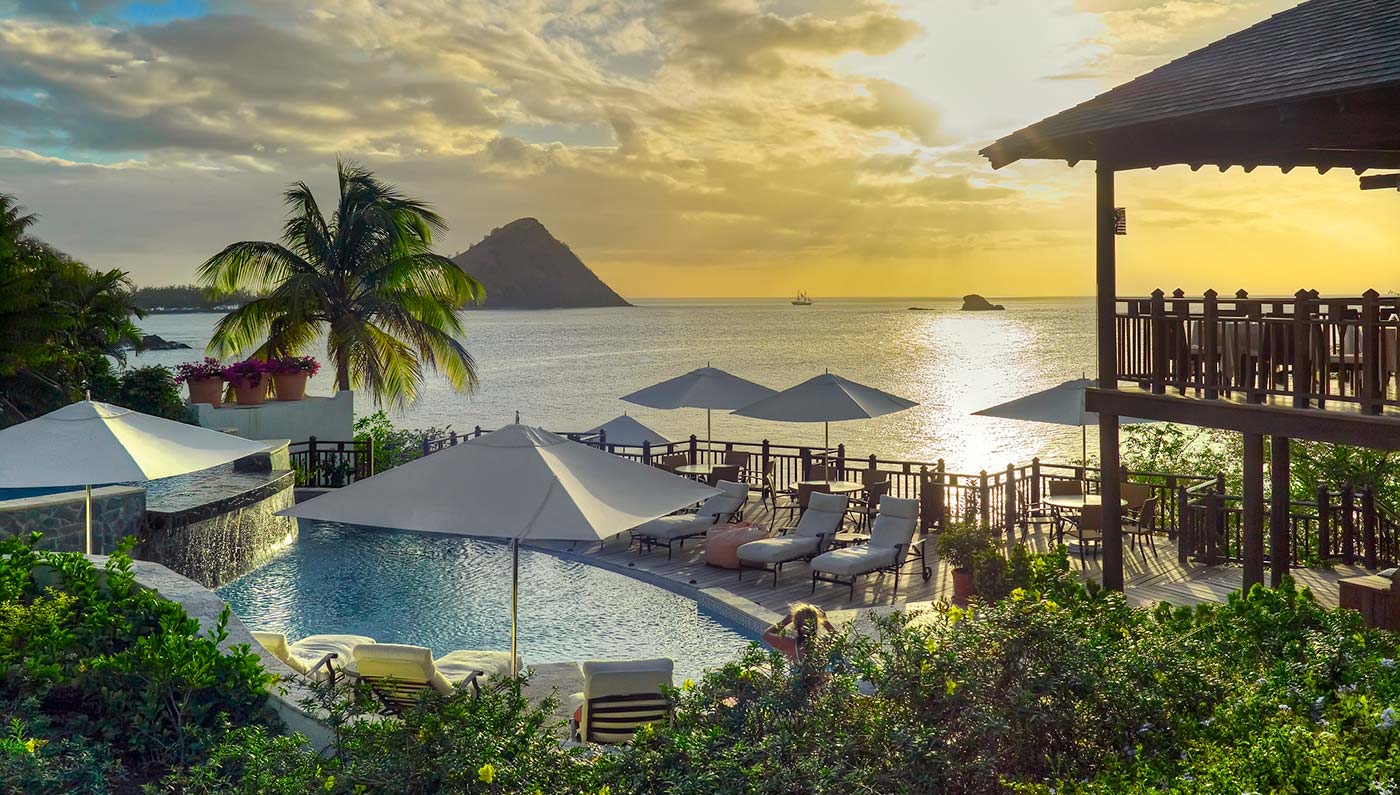Electric Beach, also known as Kahe Point Beach Park, is one of Oʻahu’s most unique snorkeling locations—but it’s not for beginners. While the sea life is impressive and the setting dramatic, this beach is best suited for strong swimmers, older kids, and teens with prior snorkeling experience. If you’re traveling with younger children, check out our guide to Shark’s Cove for families or Ko Olina Lagoons instead.
Still, if your family includes confident swimmers and you’re looking for an adventurous snorkel, Electric Beach is an unforgettable place to explore.
Where Is Electric Beach on Oʻahu?
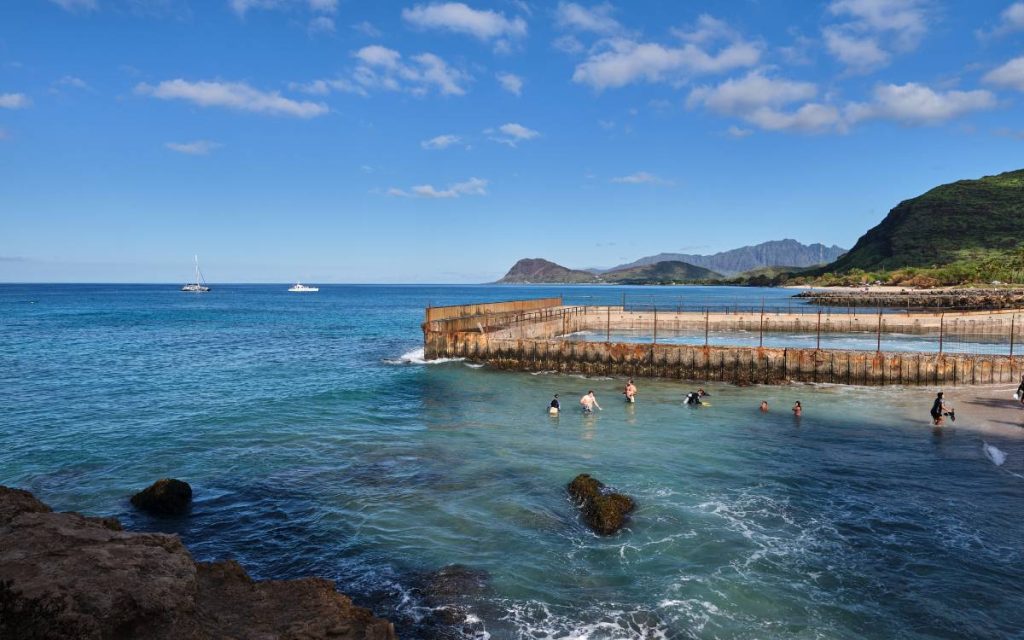
Electric Beach is located on the island’s west coast, just past the Ko Olina resort area and about 40 minutes from Waikīkī. The beach sits directly in front of a Hawaiian Electric power plant, and that’s exactly what makes it such a popular spot for snorkeling.
Locally, it’s often called Kahe Point or even “Tracks Beach,” referring to the old railroad tracks near the northern section of the coastline.
Why Is Electric Beach Famous for Snorkeling?
What makes Electric Beach special is a warm-water discharge pipe that runs from the power plant into the ocean. This pipe releases warm water about 100–200 yards offshore, which attracts large numbers of fish, sea turtles, and other marine life—including the occasional reef shark.
This concentrated warm water flow essentially creates a man-made reef ecosystem, making it one of the most consistent places on the island to see dense schools of fish and large marine species. On a good visibility day, you might even see sea turtles surfing the current from the pipe outlet.
Is Electric Beach Safe for Family Snorkeling?
Electric Beach is only recommended for moderate to advanced snorkelers. Here’s why:
- Long swim distance: You must swim 100–200 yards offshore to reach the best snorkeling.
- Strong currents: Kahe Point is known for strong rip currents and shore break, especially in winter or during rough conditions.
- No lifeguards: There are no lifeguards at Electric Beach, so you must assess conditions carefully and swim at your own risk.
- Depth: The area around the pipe can be 20 to 40 feet deep, and surface conditions can change quickly.
That said, many families with older kids (ages 10+) and teens enjoy snorkeling here—as long as they are strong swimmers, go out with a buddy, and avoid rough conditions. If you’re unsure, sit this one out and stick to a more protected beach.
How to Snorkel at Electric Beach
Here’s what to expect from start to finish:
1. Parking at Kahe Point Beach Park
There’s a large parking lot behind the main beach pavilion. You may also find street parking nearby, but be aware that car break-ins are unfortunately common here. Do not leave anything valuable in your car—bring only what you need for the beach.
2. Beach Entry
Walk behind the pavilion to access the narrow, sandy beach. From there, enter the water near the pipe. Water shoes or reef booties are helpful, especially when entering and exiting during any wave action. If the waves look strong or the current is pulling hard, don’t go in.
3. Swim to the Pipe
Once in the water, follow the pipe as it extends from the beach into the ocean. The swim is about 100–200 yards, and you’ll know you’re at the outlet when you feel the warmer water and see the sudden concentration of fish below.
This area gets deep—20 to 40 feet—so many people stay at the surface, while stronger swimmers or free divers explore closer to the pipe.
Wildlife You May See at Electric Beach
Electric Beach is home to some of the best underwater life on Oʻahu. Marine species you may see include:
- Hawaiian green sea turtles (honu)
- Large schools of surgeonfish and tangs
- Butterflyfish and triggerfish
- Spinner dolphins
- Moorish idols and parrotfish
- Occasional white-tip reef sharks
- Spotted eagle rays
Visibility can be excellent in the morning before winds and surf pick up, so early arrival is recommended.
Snorkeling Video at Electric Beach
Facilities at Kahe Point
Here’s what you’ll find at the beach park:
- Restrooms and outdoor showers
- Large parking lot (though unsecured)
- Sandy beach access
- No lifeguard on duty
- No shade—bring your own umbrella or tent
- No food options directly on-site (bring snacks)
Family Tips for Visiting Electric Beach
- Arrive early: Morning hours offer the best visibility and calmest waters.
- Bring a snorkel buddy: Never snorkel here alone, even if you’re experienced.
- Leave valuables at home: Car break-ins are unfortunately common in this area.
- Pack for the day: Bring plenty of water, reef-safe sunscreen, towels, and snacks.
- Check ocean conditions: If the water looks rough or you’re unsure, choose a safer location.
What to Do Nearby After Snorkeling
After you’re done snorkeling, here are a few family-friendly stops nearby:
- Relax at Tracks Beach: Just north of Kahe Point, this is a good spot to unwind.
- Visit the Mermaid Caves (at low tide only): A short drive south, this is an adventurous cave spot on the shore.
- Lunch in Waiʻanae: Grab poke, plate lunches, or smoothies in town after your snorkel.
- Explore Ko Olina: Families with small kids can enjoy the calm Ko Olina Lagoons, which are perfect for toddlers.
Final Thoughts: Should Families Snorkel at Electric Beach?
Electric Beach offers some of the most exciting snorkeling on Oʻahu—but it’s not for everyone. For families with experienced snorkelers and confident teens, it’s an incredible adventure. For those with young children or limited swim ability, we recommend safer, more accessible spots like Shark’s Cove, Three Tables, or Hanauma Bay instead.
Electric Beach is an unforgettable stop if you’re well-prepared and respect the ocean’s power.
For additional context and information, you can also take a look at our ranked lists.
Highly recommended hotels in Oahu for families
Amazing Hawaii – best beaches in Oahu ranked
Fun things to do with kids in Oahu
For detailed visitor info, check out the Wikivoyage page on O’ahu.

